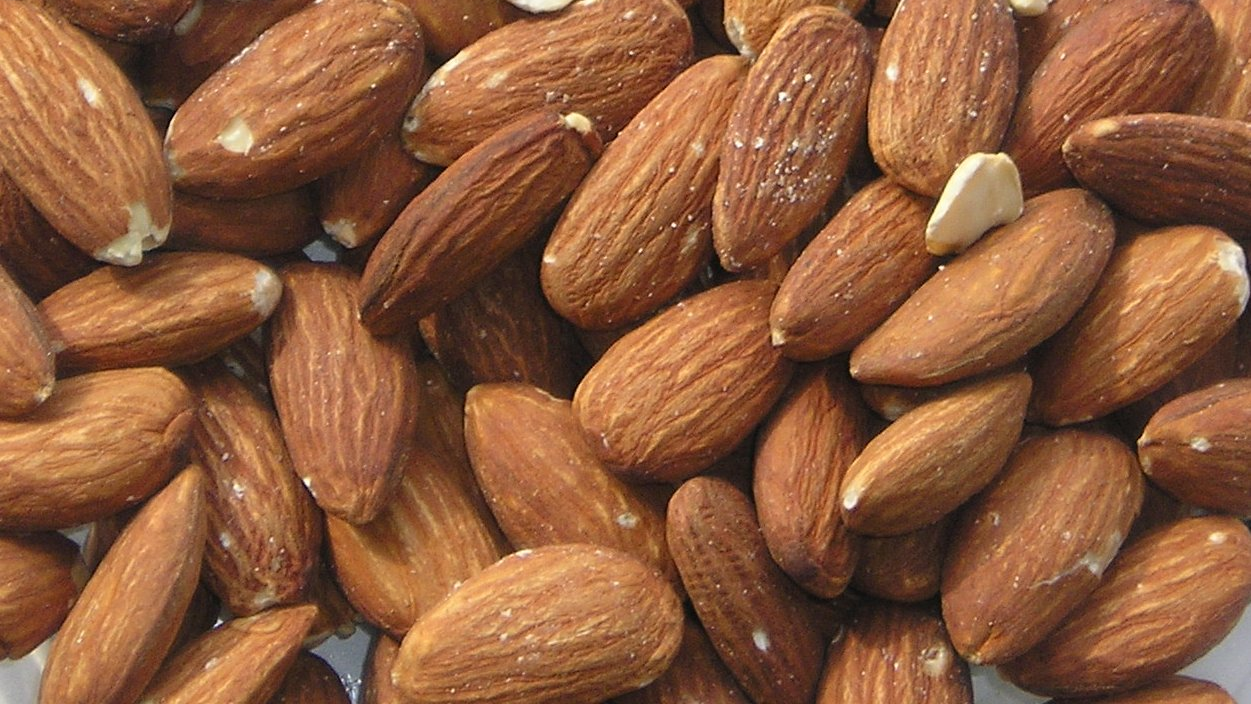
Almonds are popular nuts for many people. They are found in nut mixes, by themselves, and almond milk is the most popular nut milk. However, almonds do not actually meet the botanical definition of “nuts.” The first requirement for almonds to be a nut botanically would be to comprise the entire fruit of the plant, meaning to be the whole ripened ovary. Botanical nuts have a hard shell surrounding the seed inside, but no flesh outside that. This is not the case with almonds. Almonds are the hard seed of a drupe, much like the pit of a peach. Almonds grow with a shell, but there is a fleshy layer between it and the seed, meaning it is not a nut. The part of the almond typically purchased is just the seed, without any shell even.
Although botanically almonds are seeds, they are culinarily considered nuts. As you hopefully see, the botanical definition is not that useful to consumers. They are small, hard, dry, and have a nutty flavor. They are sold with other nuts. They even do have a shell of sorts, it just misses the specific scientific requirements for that definition. For all practical purposes though, almonds are nuts.